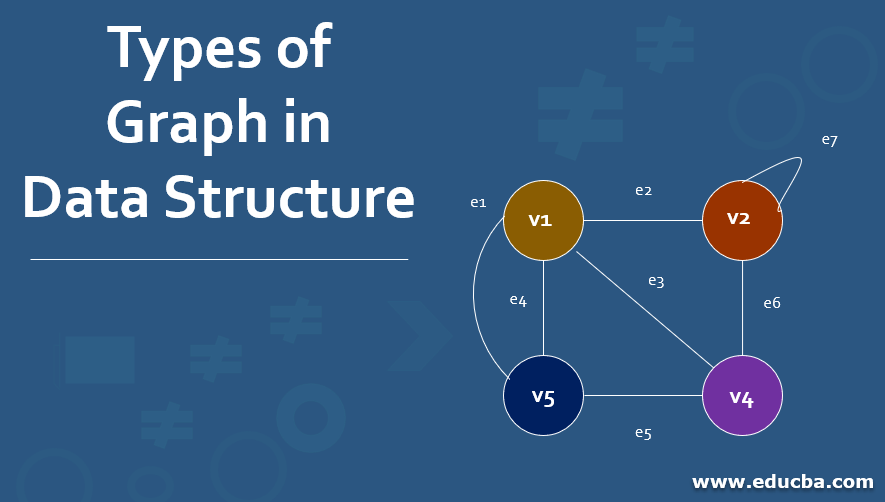Graphs

Terminology
- Graph: non-linear data structure that can be looked at as a collection of vertices (or nodes) potentially connected by line segments named edges.
- Vertex: also called a “node”, is a data object that can have zero or more adjacent vertices.
- Edge: connection between two nodes.
- Neighbor: neighbors of a node are its adjacent nodes (connected via an edge).
- Degree: degree of a vertex is the number of edges connected to that vertex.
Directed vs Undirected
- Undirected graph: graph where each edge is undirected or bi-directional.
- Directed graph: also called a digraph is a graph where every edge is directed.
Complete vs Connected vs Disconnected
- Complete graph: when all nodes are connected to all other nodes.
- Connected graph: graph that has all of vertices/nodes have at least one edge.
- Disconnected graph: graph where some vertices may not have edges.
Acyclic vs Cyclic
- Acyclic: directed graph without cycles
- Cycle: when a node can be traversed through and potentially end up back at itself
- Directed acyclic graph (DAG): can also be represented as what we know as a tree.
- Cyclic: graph that has cycles
- Cycle: defined as a path of a positive length that starts and ends at the same vertex.
Weighted Graphs
- Weighted graph: graph with numbers assigned to its edges, the numbers are called weights.
- When representing a weighted graph in a matrix, you set the element in the 2D array to represent the actual weight between the two paths.
Real World Uses of Graphs
- GPS and Mapping.
- Driving Directions.
- Social Networks.
- Airline Traffic.
- Netfix uses graphs for suggestions of products.
